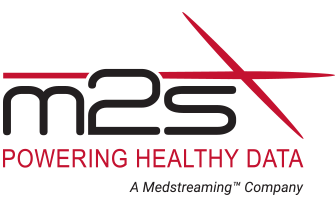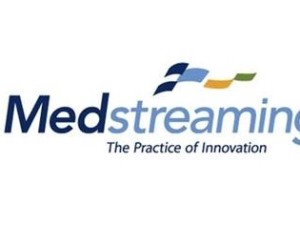West Lebanon NH and Chicago IL, May 28, 2015 — The Society for Vascular Surgery (SVS) and M2S, Inc., a leader in providing clinical outcomes data, have announced today that M2S has been accepted as a Qualified Clinical Data Registry (QCDR) by the Centers for Medicare and Medicaid Services (CMS). M2S, as the exclusive registry provider to the SVS Vascular Quality Initiative (VQI), has provided information on quality reporting to CMS on behalf of VQI participating physicians since 2009. The Physician Quality Reporting System (PQRS) is a CMS program that uses payment adjustments to promote the reporting of quality information by providers. In the past, this has provided a bonus payment to physicians who satisfactorily reported quality measures, but going forward, it will impose a penalty on those who fail to report. The importance of the new QCDR program is that it allows the SVS and M2S to develop additional vascular quality measures that can be used by physicians with different practice profiles to report their quality.
PQRS was originally designed to improve quality of care by initially rewarding physicians for simply reporting quality measures. Effective with 2015 reporting for 2017 payment adjustments, it has transitioned into a penalty only phase for failure to report quality measures, and eventually it will reward or penalize physicians based on quality performance, not just for reporting. VQI data has been used by its members since 2011 to improve quality, reduce variation and reduce costs. It is aligned with the CMS goals of PQRS reporting, and the acceptance of M2S as a Qualified Clinical Data Registry will provide additional opportunities for VQI participants to demonstrate their commitment to quality and value going forward.
During the past year, SVS Quality and Performance Measures Committee has worked with VQI members and M2S to create 15 new quality measures that assess appropriate care of patients with carotid, aortic, lower extremity and venous disease. Combined with 8 existing vascular PQRS measures, this creates a total of 23 potential quality measures for physicians who treat vascular disease, making it more likely that they can meet their PQRS reporting requirements. Physicians who fail to report will be at risk for reductions in their Medicare payments of 2% in 2017 based on their 2015 quality reporting. The new QCDR measures report not only immediate in-hospital outcomes, but also outcomes during one year follow-up, such as appropriate imaging after endovascular aortic aneurysm repair. This is the first example of the use of longer term outcome measures for PQRS reporting, which is only possible because of the one-year follow-up data collected in VQI. Long-term outcomes are critical to the assessment of vascular treatment, and create a unique opportunity for physicians and centers who participate in VQI.
More information on the M2S QCDR and the quality measures used in the Vascular Quality Initiative can be found at http://www.m2s.com/wp-content/uploads/M2S-QCDR-Detailed-Measures.pdf or by emailing PQRS@m2s.com.
About the Vascular Quality Initiative (VQI)
The VQI was launched in 2011 by the Society for Vascular Surgery and M2S to improve the quality, safety, effectiveness and cost of vascular healthcare (www.svsvqi.org). It consists of web-based clinical data registries with real-time reporting capability that allows centers to anonymously compare their patients, processes of care and procedure outcomes with others. The VQI has important features that distinguish it from other national data registries, organized as a Patient Safety Organization, which allows providers to submit all outcomes without fear of reprisal. The VQI audits claims data submitted by members to insure that all procedures are submitted, to ensure 100% reporting. The VQI also includes one year follow-up to assess both early and late results. Finally, centers in VQI are organized into regional groups that meet semi-annually to discuss variation in regional processes and outcomes, in order to design and implement regional quality improvement projects.









